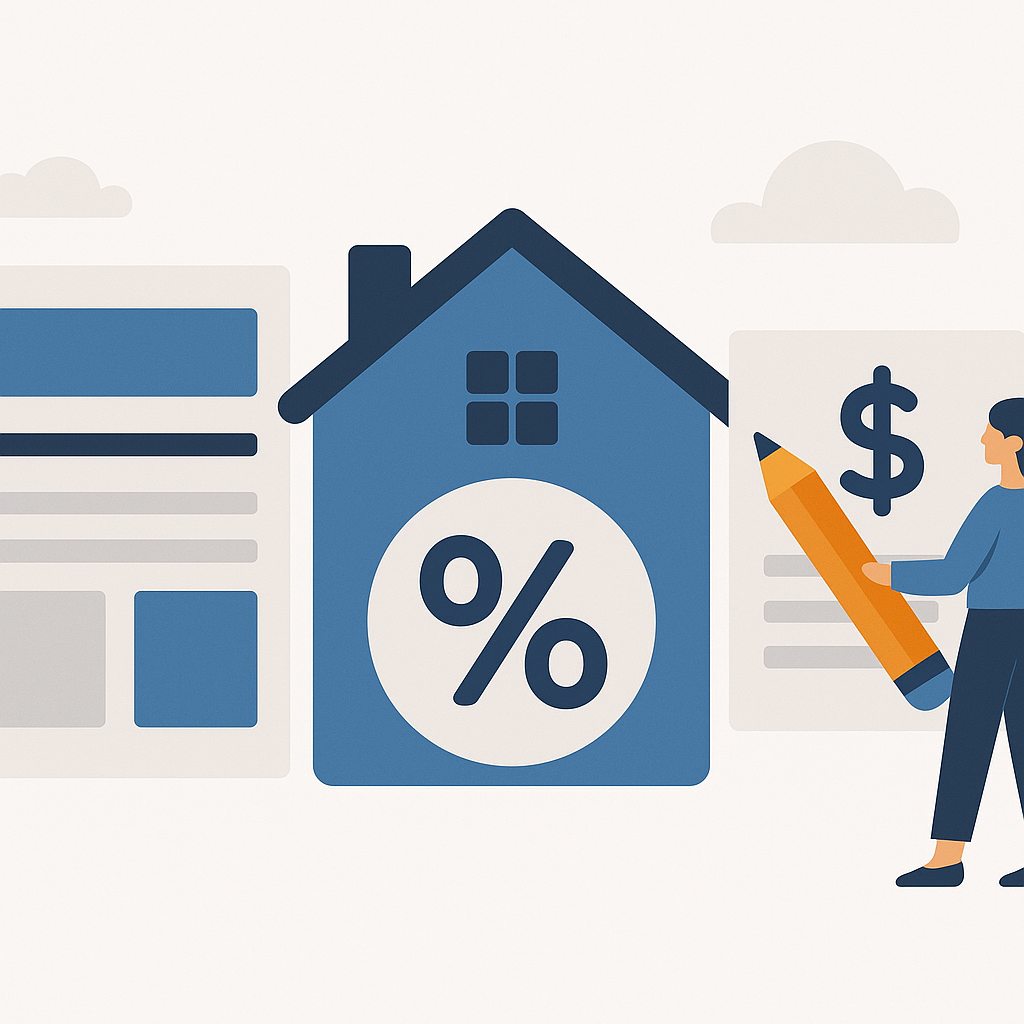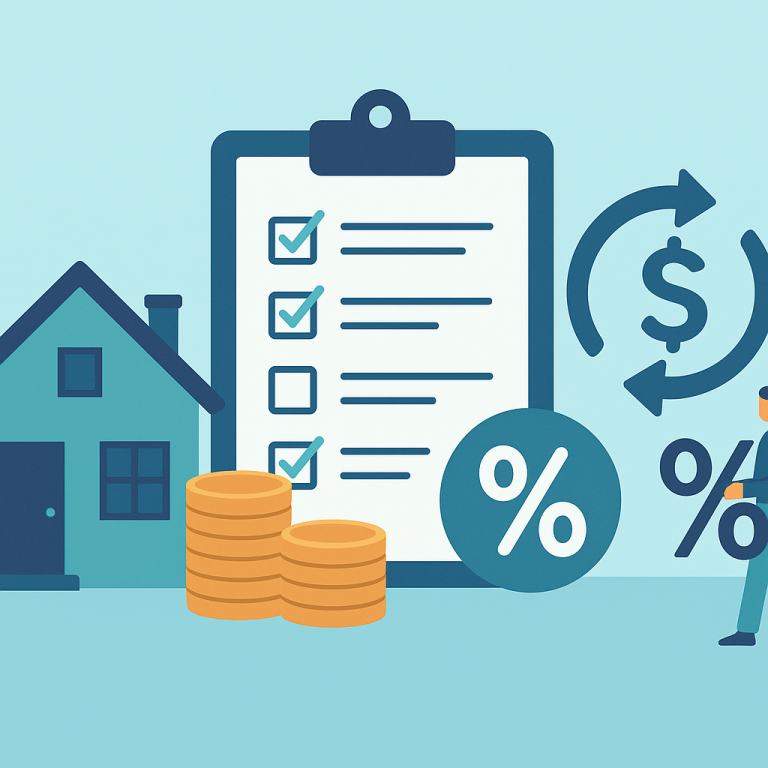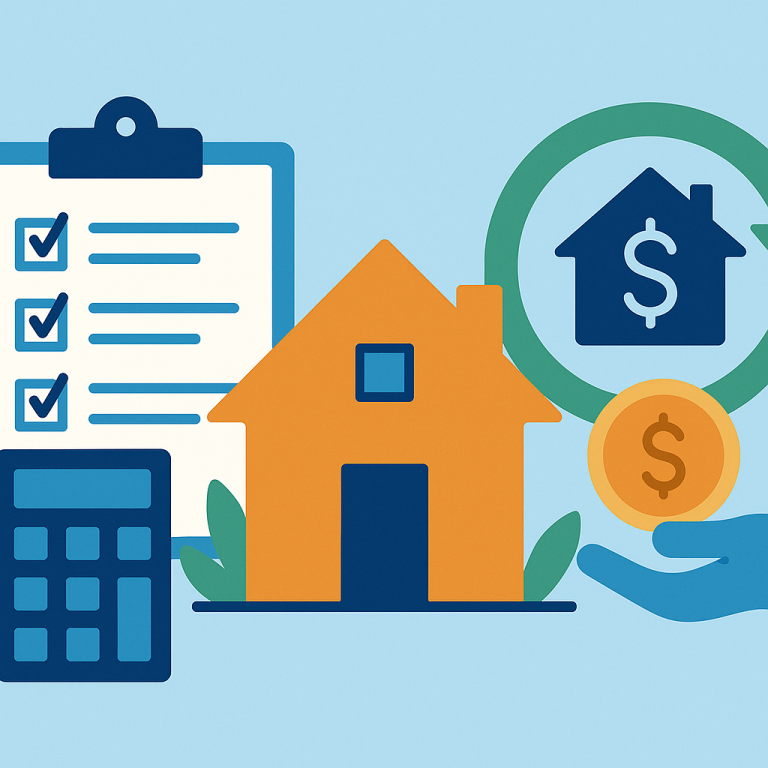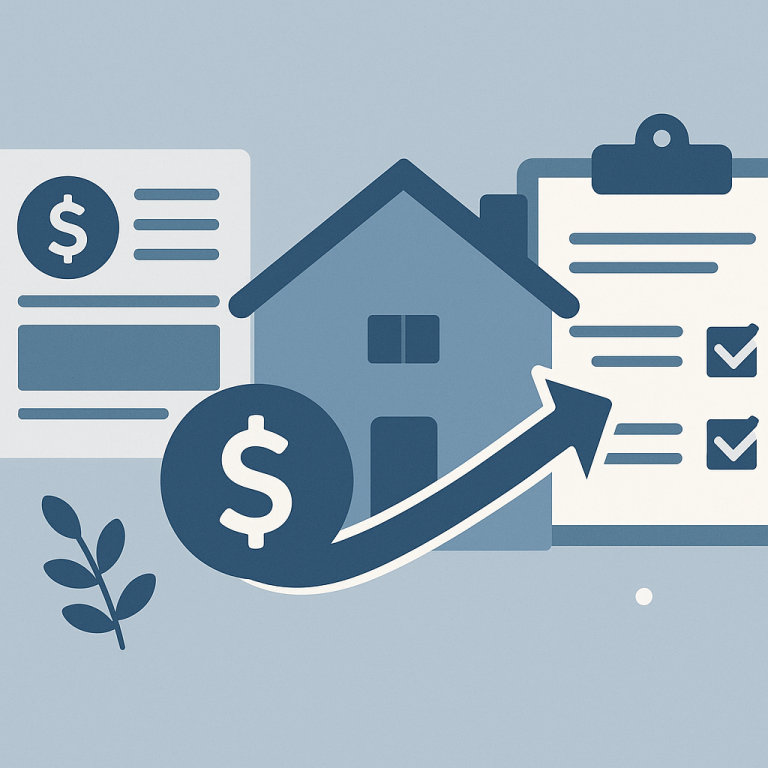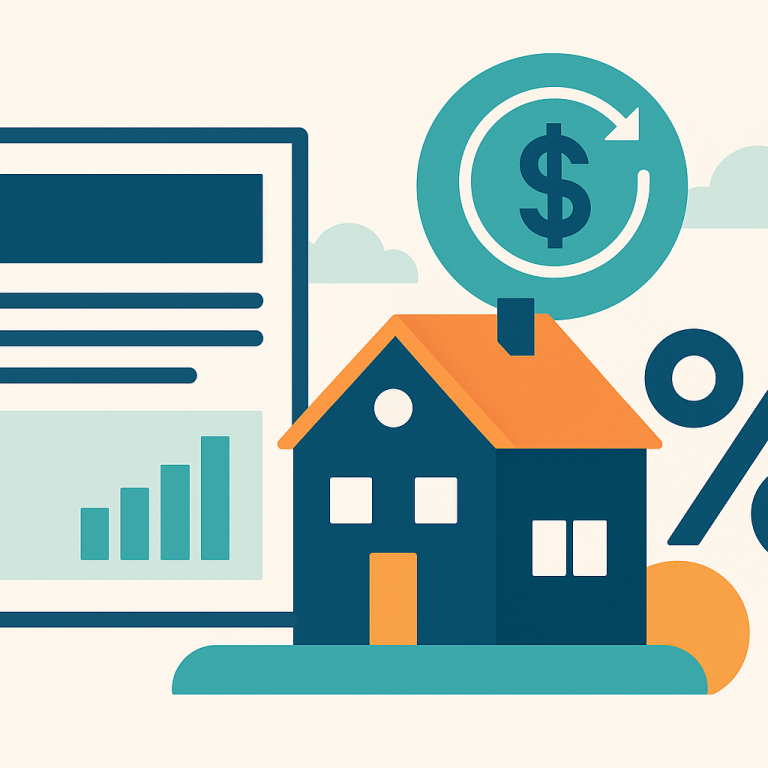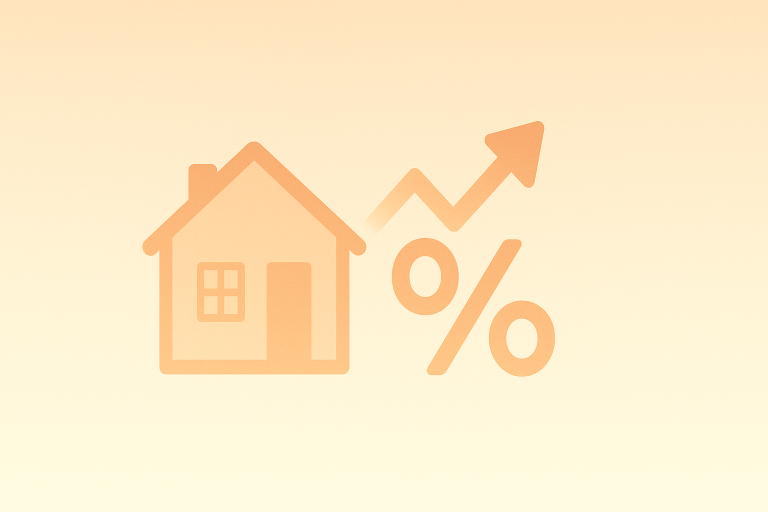Major Lenders Cut Refinance Fees After 10-Year Treasury Drop, Spurring Applications
At a glance: Lower refinance fees and closing costs and how it could affect refinancing decisions.
Lenders have cut refinance origination fees, reducing closing costs and shortening breakeven timelines for many borrowers.
What Lower Refinance Fees Mean for Borrowers
Mortgage refinancing activity is adapting as interest-rate volatility eases and home equity across many regions has recovered from earlier declines. Rather than responding primarily to headline rate movement, homeowners are increasingly evaluating whether refinancing makes sense based on how much equity they hold, how long they plan to stay in the home, and the total cost of refinancing. This pragmatic approach is reshaping borrower behavior and lender offerings.
Why the calculus is changing
In the recent environment, mortgage rates have not returned to the very low levels seen in prior years but have stabilized enough that the relative benefit of switching loans depends more on individual circumstances than on sweeping market trends. Many homeowners who gained equity during recent price gains can access refinance options without high loan-to-value constraints, while others find the remaining term on their current loan limits the value of a lower rate.
Two forces are central to the shift. First, rising or stable home values have increased available equity for many borrowers, making cash-out refinances or home equity lines of credit (HELOCs) practical solutions for debt consolidation, home improvement, or liquidity needs. Second, when a borrower has a relatively short remaining term on their mortgage, the cumulative interest savings from a lower rate may not justify the upfront costs of refinancing.
What homeowners should consider
- Break-even timeline: Calculate how long it will take to recoup closing costs through monthly payment savings. If you expect to move or refinance again before that point, refinancing for a lower rate may not be beneficial.
- Loan term impact: Refinancing into a longer-term mortgage can lower monthly payments but may increase total interest paid over the life of the loan. Conversely, moving to a shorter term can save interest but may raise monthly payments.
- Equity and cash needs: Accessing home equity through a cash-out refinance or HELOC can be a practical alternative when funds are needed, but it changes the mortgage balance and could affect future refinancing options.
- Credit and qualification: Even with adequate equity, credit scores and debt-to-income ratios still influence available rates and loan products. Shopping multiple lenders can reveal meaningful differences in pricing and fees.
- Rate type considerations: Fixed-rate mortgages provide payment certainty, while adjustable-rate products may offer lower initial rates but carry future rate-reset risk. Align the product with your planned tenure in the home.
Practical steps before refinancing
Start with a clear goal—lower payment, shorten term, access cash, or reduce interest cost—and work backward from there. Request personalized estimates from several lenders to compare interest rates, annual percentage rates (APR), and closing costs. Review your current loan payoff amount and remaining term to model scenarios. If closing costs are a barrier, ask about lender credits or rolling costs into the loan, and understand how those choices change the break-even calculation.
Bottom line
Refinancing remains a useful financial tool, but in the current market the decision is less about chasing the lowest advertised rate and more about matching the loan structure to personal circumstances—equity position, time horizon, and cash-flow needs. Homeowners who run thorough comparisons and prioritize the break-even timeline and loan-term implications are better positioned to make a refinancing choice that supports their long-term financial goals.
META: refinancing-homeowner-equity-term-takeaways

